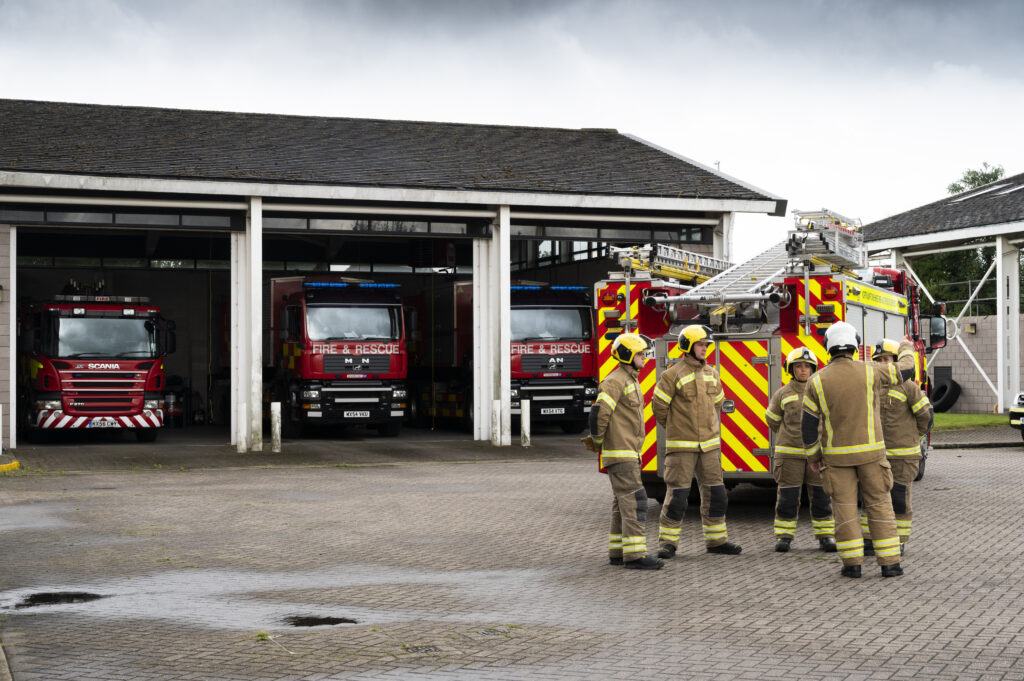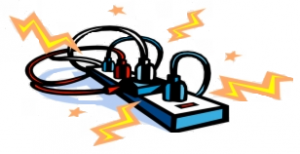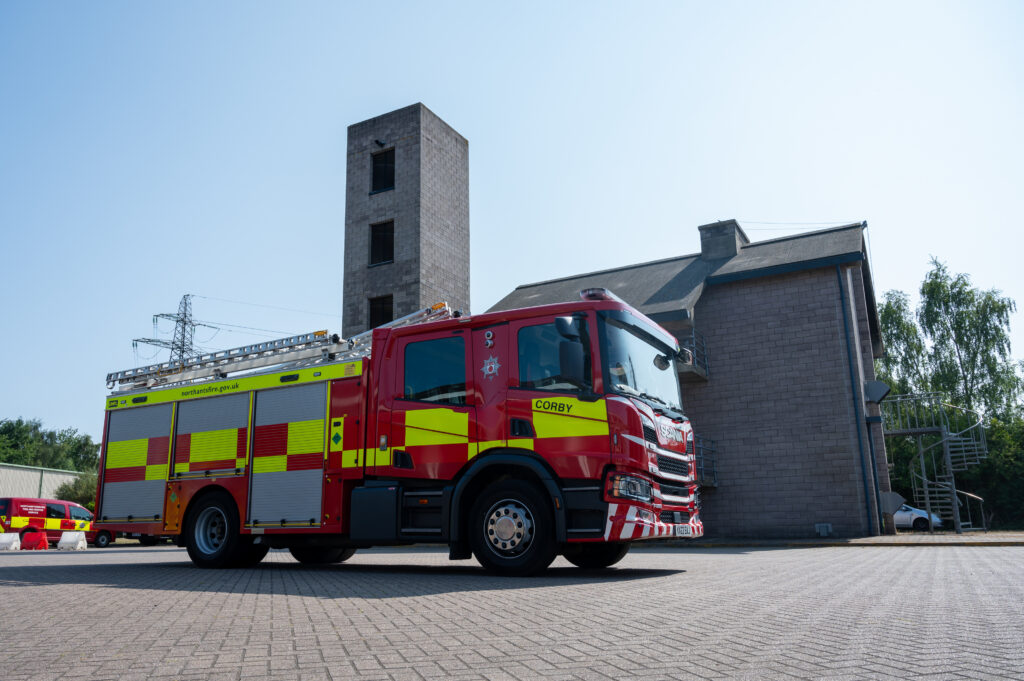
Address: Phoenix Parkway, Corby, NN17 5DT
Station Manager: Tony Evans
Contact details can be found here
Corby Fire Station is located to the west of the town centre at Phoenix Parkway, having opened in February 1996. It is the largest brigade in Northamptonshire, crewed by 44 firefighters – with 11 on each of the four watches – and the Station Manager.
These firefighters face the challenge of providing a response in a fast-growing town, with big new housing estates such as Priors Hall being built, and an increasing industrial and logistics presence in the east of the town near the A43.
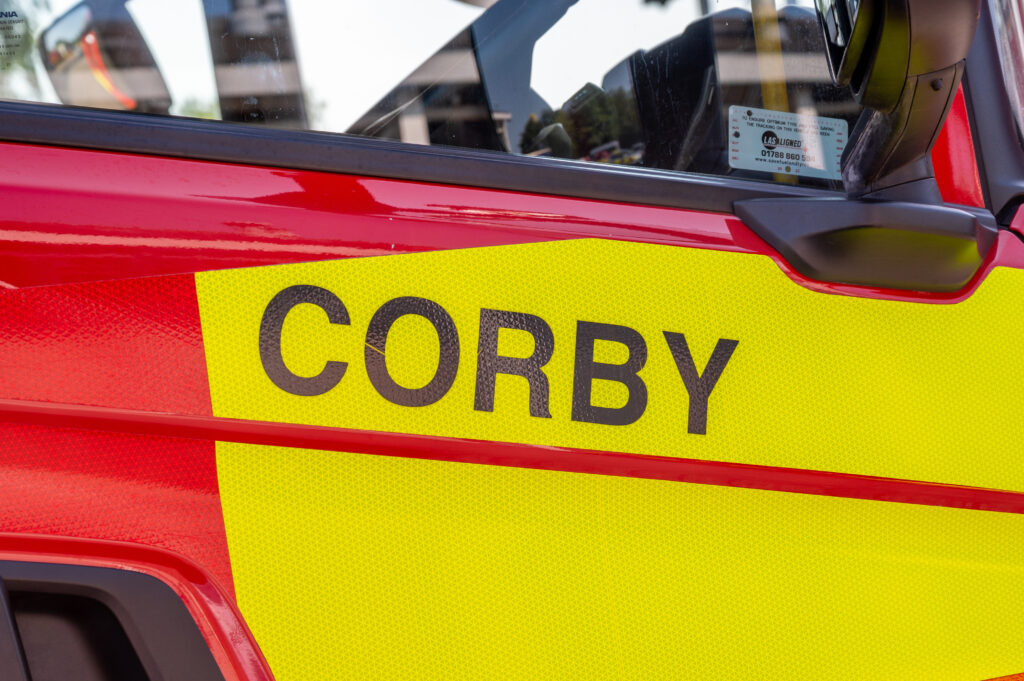
As well as covering the town and its 75,000 population, crews cover the surrounding rural area including the villages of Collyweston, Easton on the Hill and Rockingham.
The station is open 24/7 thanks to the large number of wholetime firefighters at its disposal. There are no on-call firefighters, and the building’s facilities can be used by police colleagues when needed.
Corby is home to one of the two aerial rescue pumps in the county, the other being at Moulton. The Corby aerial pump – which reaches up to 28 metres high – can be utilised as a water tower platform at large industrial fires, as pictured below. This is a handy piece of kit to have given the industrial presence in the town, and it can also help with any rescues from height.
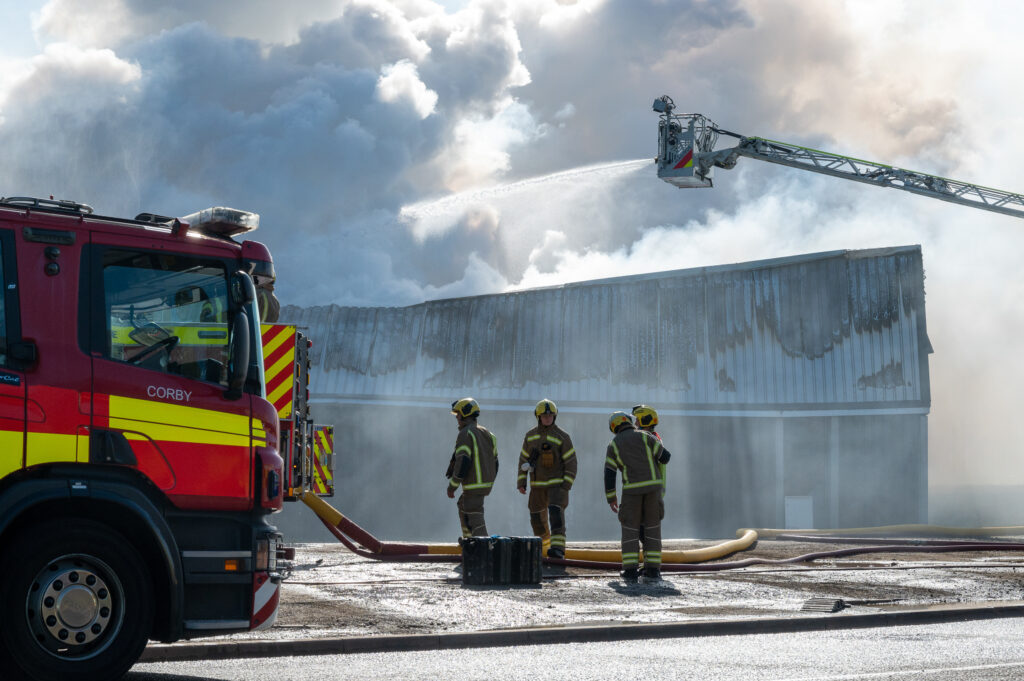
The station also has another Scania fire engine, as well as a High-Volume Pump (HVP) that can also be deployed to largescale national incidents. The HVP (pictured below) has been used on many occasions locally to deal with floods in Northamptonshire and to supply water over long distances at major fires.
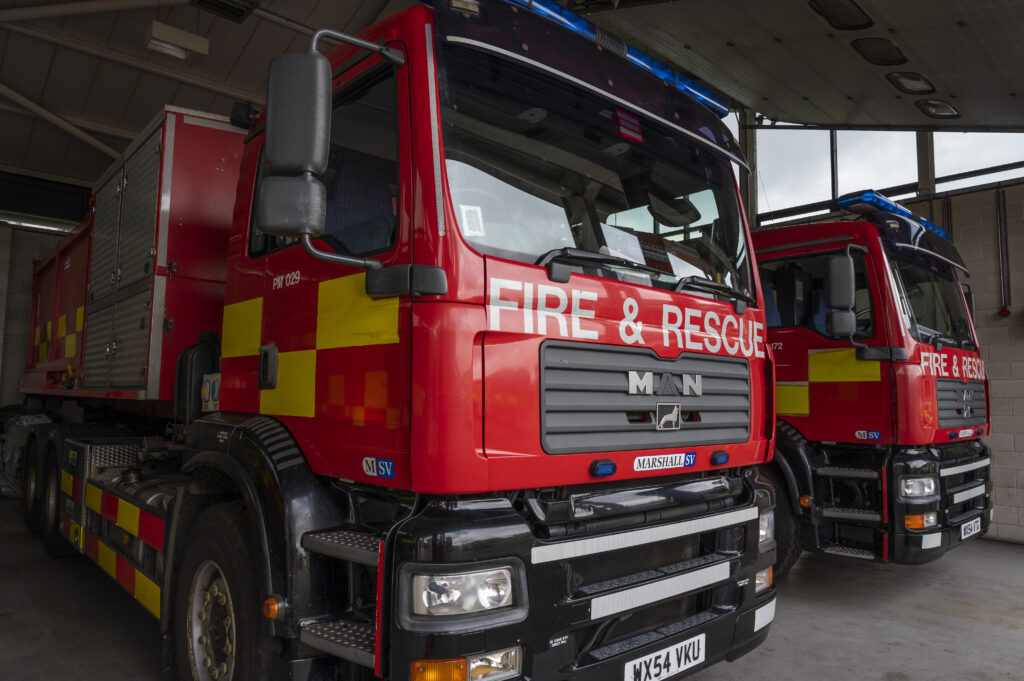
Another specialism for Corby is handling incidents involving contamination. The station has a mass decontamination pod which contains temporary decontamination units, one for the firefighters in their PPE (pictured below) and one which contains a de-robe section, showers and a re-robe section for members of the public.

The public unit can see more than 150 people pass through in an hour. The units are fully self-sufficient using water from the pumps for the showers, which is collected and removed by the Environment Agency, a generator to provide electricity and full PPE for firefighters.
At the scene of a hazardous material incident, crews will assemble the units and have them fully operational within 40 minutes.
